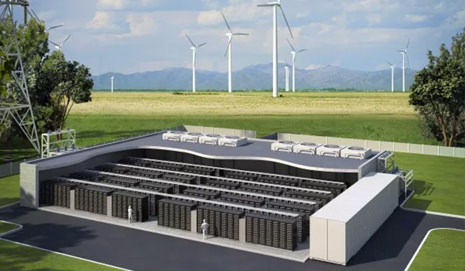- Driven by the increasing penetration of (intermittent) renewable energy generation and electrification (heat, transport), cost-effective energy storage (ES) promises huge value upside for the energy sector, via energy arbitrage, ancillary services, reduced CapEx …
- Estimating ES market size potential is challenging; BNEF estimates 45GW / 81GWh installed base by 2024 (USD$44bn CapEx)
- Utility-scale ES projects are increasingly fundable with debt, confirming certain technologies’ perceived maturity (as well as utility offtake pricing visibility)
- Germany is currently leading in residential deployments, with the US (esp. CA) leading utility-scale; other geographies (China, UK …) are rolling out projects
- Lithium-ion (LIB) has emerged as dominant in both stationary – residential (behind-the-meter) and utility-scale – as well as mobile (Transport) applications; commodity prices / availability remain a cyclical risk for LIB
- LIBs’ strong cost curve as well as relative (parent company) bankability may shut out alternatives (e.g. flow batteries) even for larger capacity (energy-centric) deployments
- In time there is likely to be a large overlap between ‘stationary’ and ‘mobile’ ES capacity, in the form of vehicle-to-grid (V2G) capacity
- The ES, PV & DRM segments are increasingly merging, to provide virtual power plants (‘prosumers’); this will pressure utilities & single-silo (PV/ES/DRM) vendors, while presenting opportunities for innovative newcomers
- Heat storage has seen limited uptake to-date, due mostly to a lack of commercially-viable offerings
- Investing successfully in ES companies remains challenging; business model plays and LIB-enhancement technologies are seen to be the most promising businesses
- Corporate interest in the ES sector is increasing markedly, as its likely transformation of the Power/Energy sectors becomes less disputed

